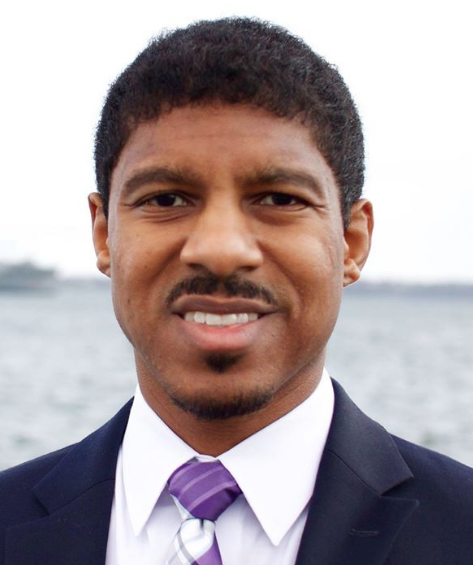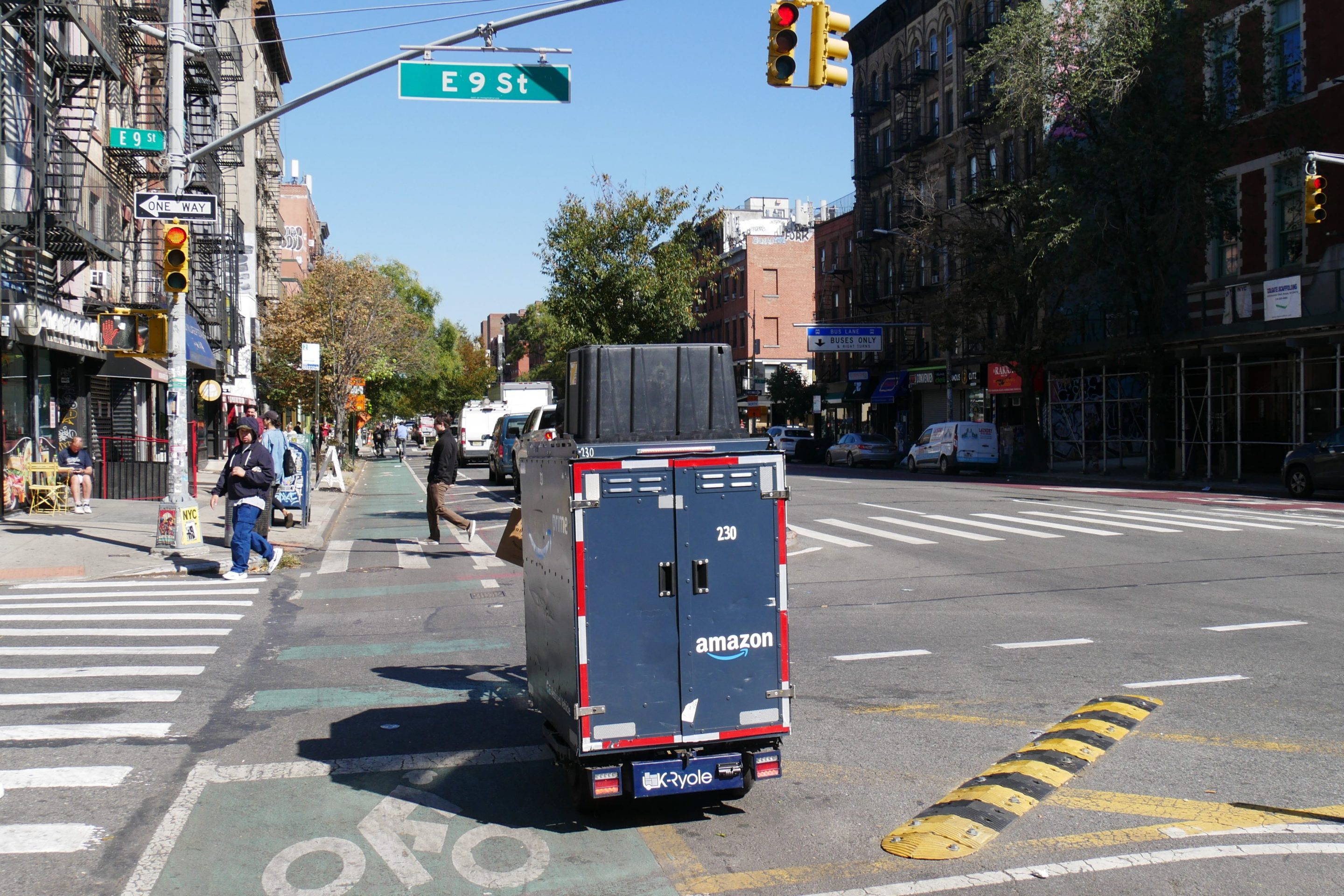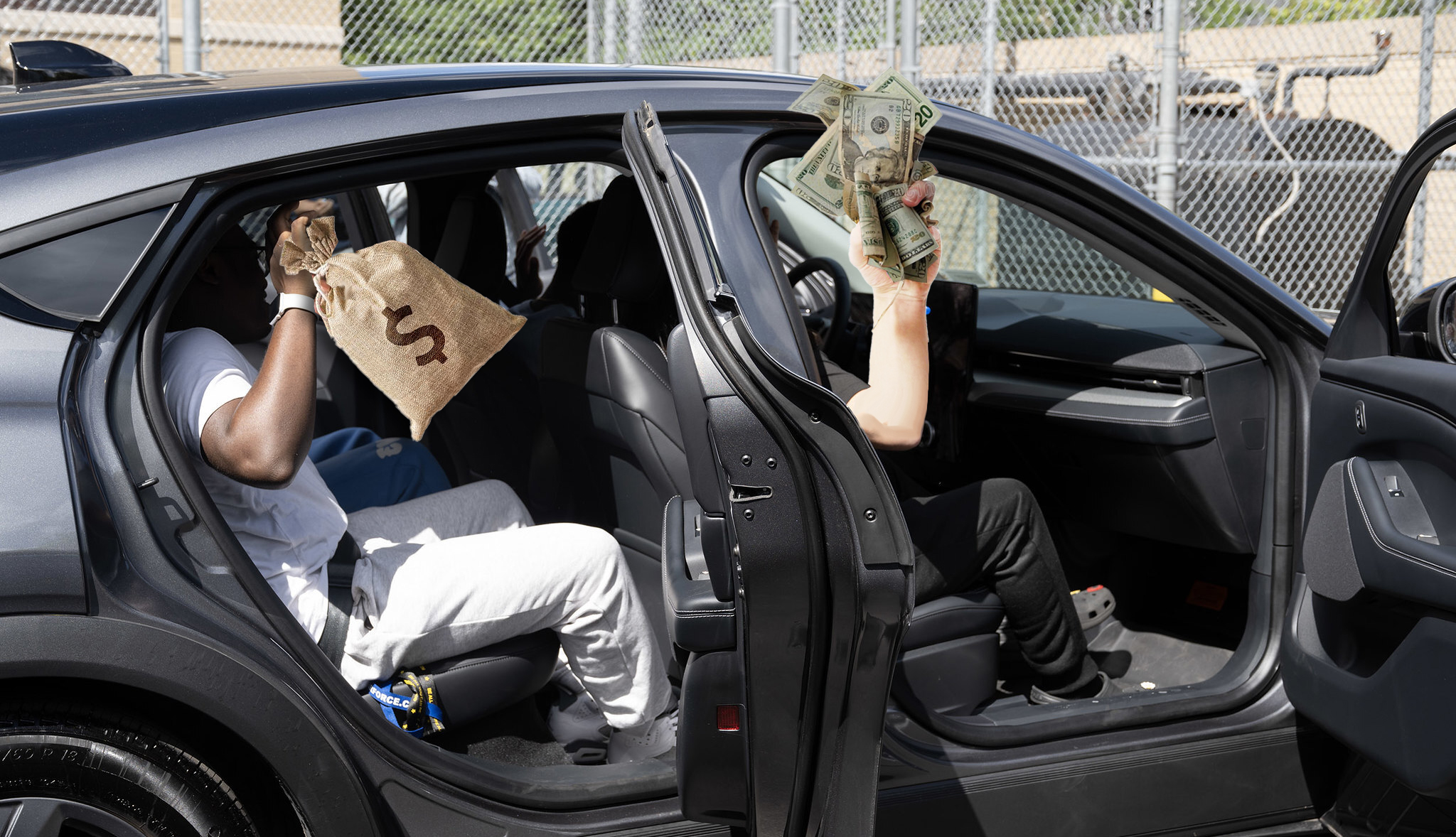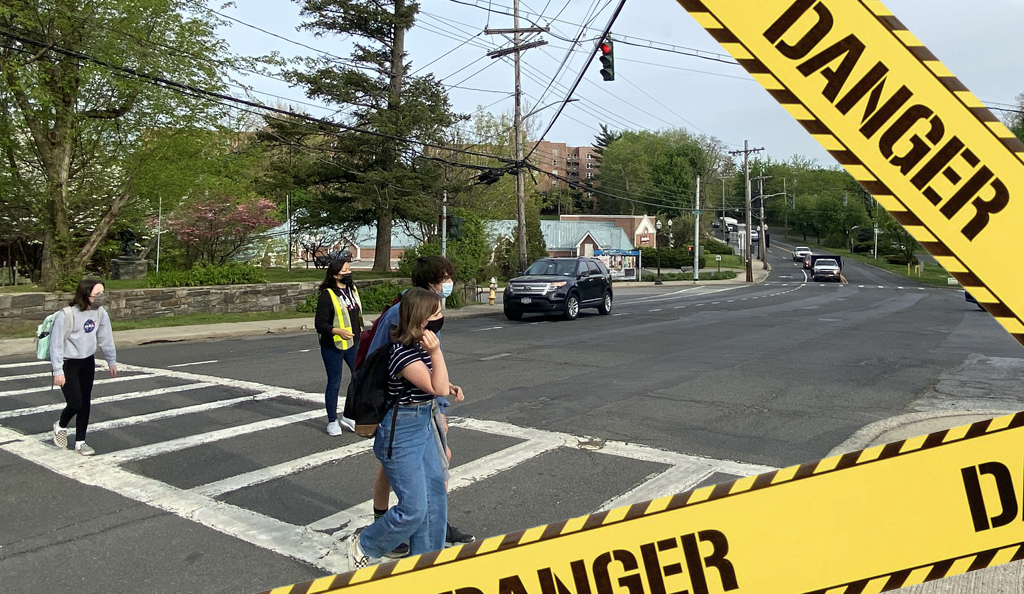The word “motorcycle” sends shivers down the spines of many New Yorkers, given the vehicles’ bad reputation in popular culture. Now that Revel, the motor-scooter-share service, has suspended operations in New York City after the recent deaths of Nina Kapur and Jeremy Malave, that reputation isn’t likely to improve; Revel’s scooter-style electric “mopeds” are technically “limited-use motorcycles” under New York state law.
Yet motorcycles’ bad reputation obscures just how important they already are to New York City — and how much more they could contribute to our mix of safer, more affordable, more equitable transportation. Mayor de Blasio came down like a ton of bricks on Revel this week, but our next mayor must understand the potential two-wheeled, motorized transport holds for city mobility.
Consider the landscape: The MTA is facing drastic funding shortfalls and service cuts. The pandemic has motivated people to buy cars as a way of avoiding the subway. Vehicle miles traveled are already heading toward pre-pandemic levels, especially outside of Manhattan. In June, the city legalized e-bikes, including Class 3 (“throttle”) e-bikes used by many delivery workers. E-bikes are not technically motorcycles and have different rules, but the capabilities of Class 3 e-bikes approach those of electric-scooter-style motorcycles.
Yet, somehow, motorcycles — which are heavily used in immigrant areas of the city — don’t figure in most transportation-policy discussions.
The Mayor’s Office should treat mopeds/motorcycles as alternatives to cars (many of which carry only one person and which hog space when being driven or parked). Quality motorcycles cost less than cars to buy, operate, insure and maintain. They offer fuel economy approaching and even exceeding 100 miles per gallon for smaller bikes and even come in purely electric models.
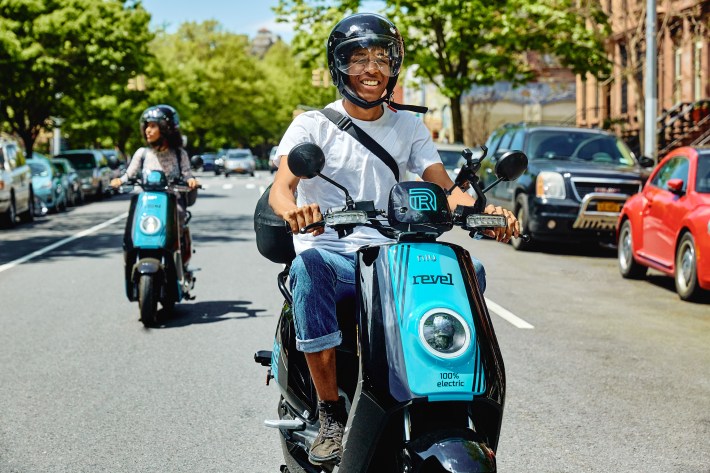
Yes, mixing motorcycles with cars on streets raises serious safety concerns. "Ride like you're invisible" is a common maxim in the motorcycle community. But, just as with bicycles, raising the exposure of car drivers to motorcycles sensitizes drivers and helps make all road users safer.
How could the next mayor support motorcycling?
- Establish parking exclusively for two-wheel vehicles: bicycles, e-bikes, e-scooters and motorcycles. Many two-wheeled vehicles could be parked in the space of one automobile, better using street space. This isn’t a new idea; in fact, the city had some parking exclusively for motorcycles until 2009.
- End NYPD checkpoints that target motorcycle riders. I’ve been targeted in such a checkpoint; the video of my less-than-pleasurable experience (below) went viral. The NYPD hasn’t shown that motorcycle-only checkpoints improve public safety. We really need strong justifications for any police presence in our transportation system.
- Establish funding for motorcycle training. The Motorcycle Safety School, where I learned, teaches defensive-riding skills and offers a motorcycle-skills exam accepted by the Department of Motor Vehicles as a formal replacement for its motorcycle road test. A driver’s license is insufficient for gaining respect for the capabilities and risks associated with most motorcycles. Just ask Revel, whose NIU NQi electric vehicles have a curb weight of more than 200 pounds — heavy by bicycle standards, but still 10 times lighter than most cars. Anyone considering a motorcycle should take a course — and go to the DMV and get that motorcycle endorsement.
- Work with Albany to legalize lane-splitting and lane-filtering. Lane-splitting involves traveling between cars, while lane-filtering involves moving to the front of the line in traffic stopped at a light. Both activities are performed daily by millions of riders in Europe, Asia, Latin America, and Africa (but in the U.S. only in California and Utah). These activities reduce congestion for all road users while protecting motorcyclists from being rear-ended.
- Encourage motorcycle use over car use by advocating for a congestion-pricing exemption or drastically reduced tolls. Congestion pricing will happen, to the ultimate benefit of this city. Unfortunately, the ultimate toll structure is up to a Traffic Mobility Review Board, which still hasn’t been seated.
I see a continuum of different individual transportation modes for different distances: walking for short trips, then bicycles and e-scooters, then e-bikes for medium distances (up to 10 or 20 miles per trip), and then motorcycles for longer distances. The higher ranges and top speeds of many motorcycles enable longer commutes, the use of more major thoroughfares, and “get outta town” capabilities.
Until recently, I lived in the Upper East Side. I saw first-hand the important community contributions of delivery workers, primarily people of color, using scooter-style motorcycles and e-bikes. Now I live in Corona, a Spanish-speaking neighborhood where per-capita coronavirus deaths are more than 80 percent greater than the city average. Again, I see the critical services that workers perform using their motorcycles, most of which are electric.
There are thousands of such vehicles across this city, never making the news. For their riders, motorcycling isn’t a lifestyle; it’s a way of life.
Motorcycles matter here for the same reasons that they do in Africa, Europe, Asia, and Latin America, in all weather conditions and to people of all ages and genders: price, convenience, ease of use. Little wonder, then, that the best-selling motorized vehicle of all time (to the tune of 100 million units) is the Honda Super Cub motorcycle.
Motorcycles can be a serious alternative to car ownership for many people, just as they are in most of the world. But, the physical and the policy environments need to be right. The next mayor can help shape that environment so that motorcycling can reach its potential while reducing cars on our streets.
Chris Sequeira is a transportation-environmental modeler and community-engagement specialist. The opinions he expresses are not necessarily shared by Streetsblog, which covers the battle to reduce the impact of motorized vehicles on the streets of New York.

